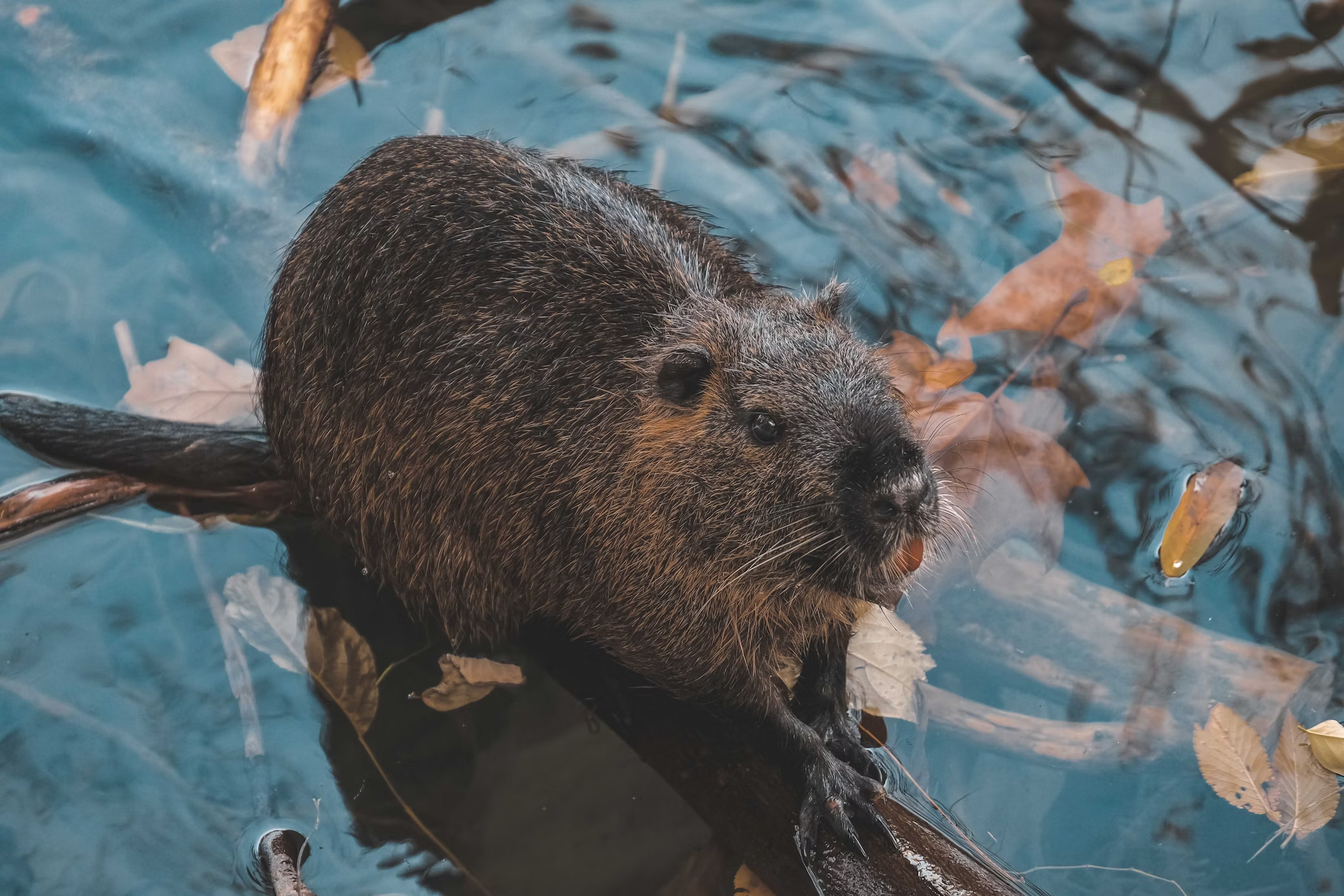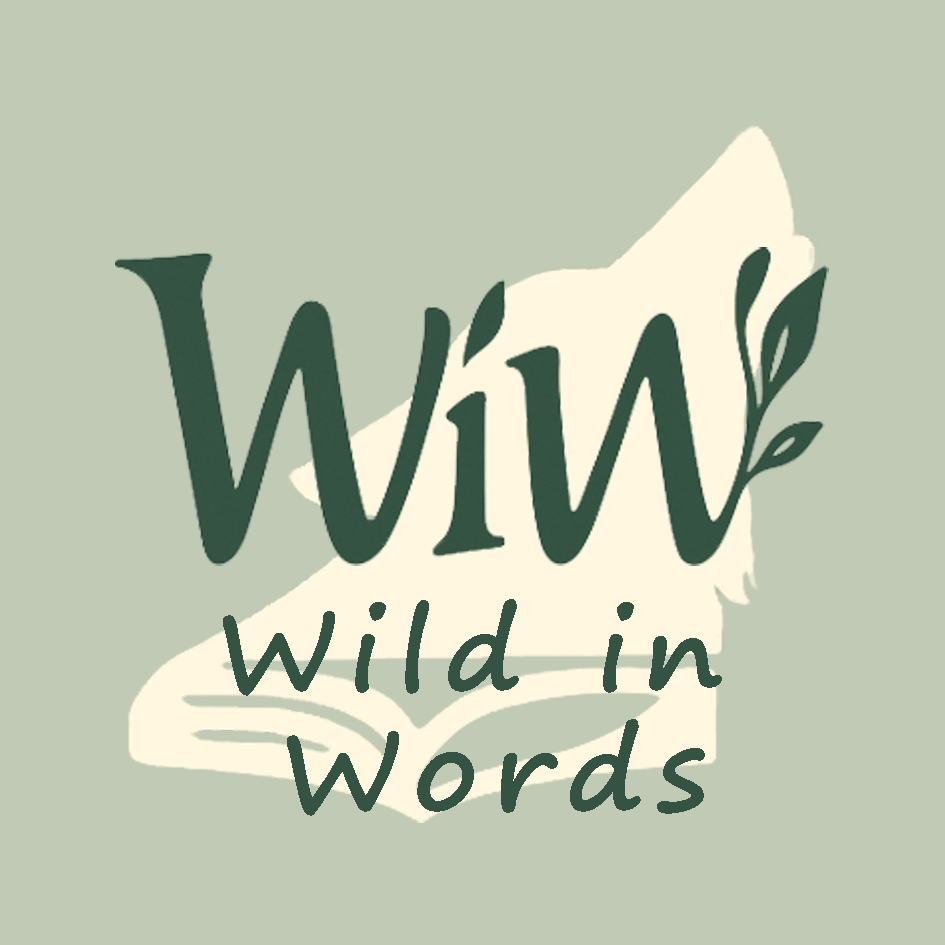Beaver (Castor canadensis)
The "Hydraulic Engineer" of the Natural World

(Photo by Francesco Ungaro on unsplash)
Along the Beaver Lake in Stanley Park of Vancouver, a sudden slap echoes on the water at dawn — not a cryptid, but a beaver using its flat tail to send a warning. With teeth like saws and tails like trowels, these chubby architects are rewriting the flow of urban rivers, one log at a time.
🧱🛠 Dam Good Engineers
Beavers are one of the mammals that intentionally alter landscapes. They build dams from logs, stones, and mud to form ponds, protecting their homes (lodges) from predators.
The longest known beaver dam, located in Wood Buffalo National Park, northern Alberta, stretches ~800 metres—that’s 7 football fields! It’s visible from space. And yes, it was built tooth by tooth, no cranes nor concrete.
🌿 Ecosystem Heroes or Villains?
By creating wetlands through dams, beavers provide breeding grounds for frogs, nurseries for fish, and buffets for herons. Their dams recharge groundwater, filter pollutants, and even reduce wildfire risk by holding water in the landscape.
But not everyone’s a fan. Beavers occasionally flood roads, fell trees, or chew through someone’s favorite backyard willow. Like any engineer, their projects come with mixed reviews.
🦷🦷 A Pair of Orange Saws
A beaver’s front teeth never stop growing. They’re orange due to iron-rich enamel—stronger than steel (well, almost). Chewing isn’t just for building dams — it’s also dental care! Without gnawing, their teeth could grow too long to eat.
Thanks to their unique tooth structure—harder outside, softer inside—they can chew through trees over 30 cm thick. They’re picky carpenters, favoring softwoods like aspen and willow. A single beaver can fell over 200 trees a year, all to build the perfect dam and lodge.
🥬 Vegetarian
Beavers don’t eat fish—they just make the rivers more fish-friendly. Their herbivorous diet consists of leaves, twigs, bark, and aquatic plants. Despite all that lumber work, they’re strict vegetarians.
🍪 Paddle-Shaped Tail Cuisine
The beaver’s broad tail helps steer in water, slap out warnings, store fat for winter, and even serve as a pillow. But it has a stranger history. In medieval Europe, Catholics couldn’t eat red meat during Lent. But they classified beaver tails as “fish” due to their scaly look and aquatic lifestyle, monks eagerly ate them during Lent’s no-meat days.
Result? Riverbanks emptied. Tails fried. And in modern Quebec, the tale lives on—Beaver Tails (the pastry) are a crispy, sugar-topped (no bark) tribute to this misunderstood appendage.
🍁 From Perfume & Pelts to National Symbol
Beavers were once hunted not only for their meat, but also for their castoreum—a musky, vanilla-scented oil used in perfumes and medicine. In the 17th–19th centuries, Europeans went wild for beaver pelts to make hats. One pelt could be traded for an iron axe. This frenzy launched the fur trade, shaping Canadian colonization, sparking wars, and nearly wiping beavers out—from 60 million to under 100,000 by 1900. Hudson’s Bay Company built an empire on them, even featuring a beaver on its coat of arms.
Ironically, the Hudson’s Bay Company—built on beaver backs—later championed them as Canada’s national symbol in 1937. Now, the beaver graces the nickel, a fitting comeback for an animal that once paid the country’s bills.
🌱 Let Beavers Be
Thanks to conservation, the beaver is back. Wetlands are recovering. Biodiversity is blooming. And Vancouver’s urban streams are once again echoing with tail slaps and timber cracks.
Next time you spot a chewed stump, smile—you’ve just passed one of Canada’s oldest engineers at work. Observe from a respectful distance, and if their projects start affecting property, contact your local wildlife office instead of tearing down their dams. Let’s co-exist with them!

